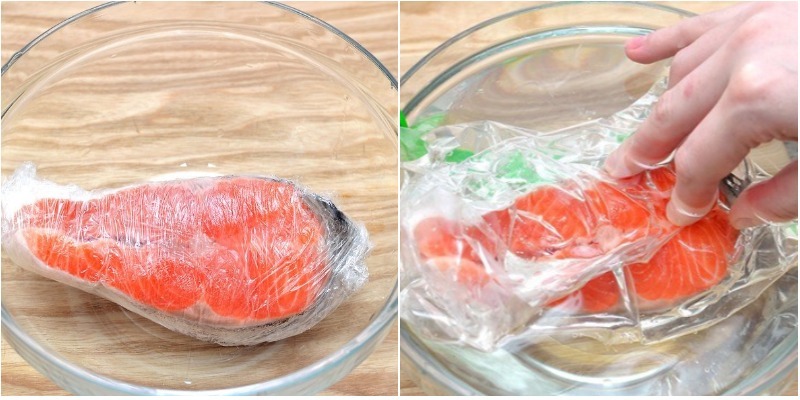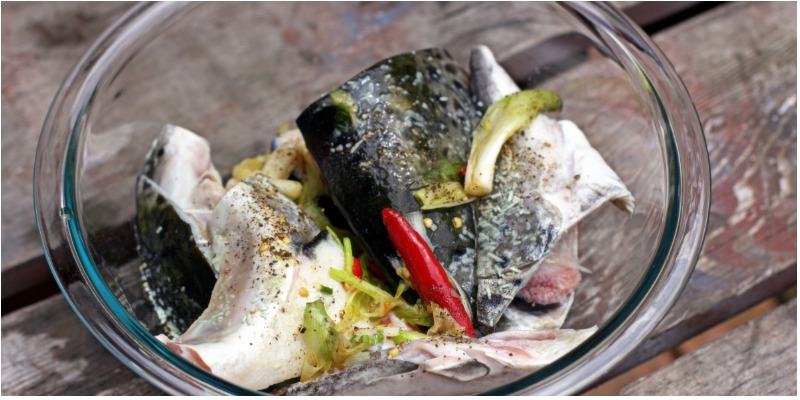Don’t Put Fish in a Pan That Isn’t Hot Enough
According to experts, the protein in fish creates hard-to-break bonds when it comes into contact with a warm metal surface, making it more likely to stick to the pan when fried.
Therefore, you should wait until the stove and the pan are hot enough before adding the fish, and only start frying when the oil is really hot and bubbling. This way, the fish won’t stick or fall apart, preserving its nutritional value.

Constantly Flipping the Fish
Touching and flipping the fish too often while cooking can cause it to break apart and lose its delicious flavor.
You should only flip the fish when one side is seared and golden, and never use tongs or a spatula to handle the fish, as it is very delicate and can easily fall apart.

Cooking Fish at High Temperatures for Too Long
Many people are concerned about undercooking fish, especially larger fish with bones. As a result, they tend to cook fish at high temperatures for extended periods.
Cooking fish at high temperatures for too long can deplete its nutritional value, and frequent frying can lead to high cholesterol levels, which is unhealthy.

Defrosting Fish Incorrectly
When defrosting fish quickly, some people soak it in hot water. However, this can cause a loss of nutrients and allow bacteria to penetrate the fish.
The best way to defrost fish is to place it in a sealed bag and submerge it in cold water, avoiding direct contact with the water and never using hot water. The ideal way to defrost fish is to place it in the fridge overnight.

Adding Too Much Salt to the Fish Sauce
You may have a habit of adding a lot of salt to the sauce and pouring it over the fish after it’s cooked, without marinating it first. This prevents the fish from absorbing the flavors. The best way to do it is to rub salt onto the surface of the fish before cooking and only add a small amount of salt to the sauce.
This way, your fish dish will be full of flavor, and if it’s a fried dish, it will also help prevent the fish from sticking to the pan.

For more information, visit: cooky.vn
To ensure that your family’s fish dishes are always tasty, nutritious, and appealing, remember to avoid these common mistakes.
Exploring Alternative Cooking Methods for Better Health – Part 2
Are you interested in providing nutricious meals for your family, but don’t know what cooking methods to use? Don’t let your lack of cooking skills keep you from providing the best possible health benefits for your family! Discover the different healthy cooking techniques that can maximize the nutrition in each delicious dish you create.
Expert Advice on How to Identify Unsafe Food
Are you aware of how to inspect food for possible safety risks? With the presence of food products from unclear origins and chemicals used as preservatives, it is important to be vigilant in selecting food items for our families. Join us in the Food Tips section to take a closer look at how to select safe and healthy food for our families!






































